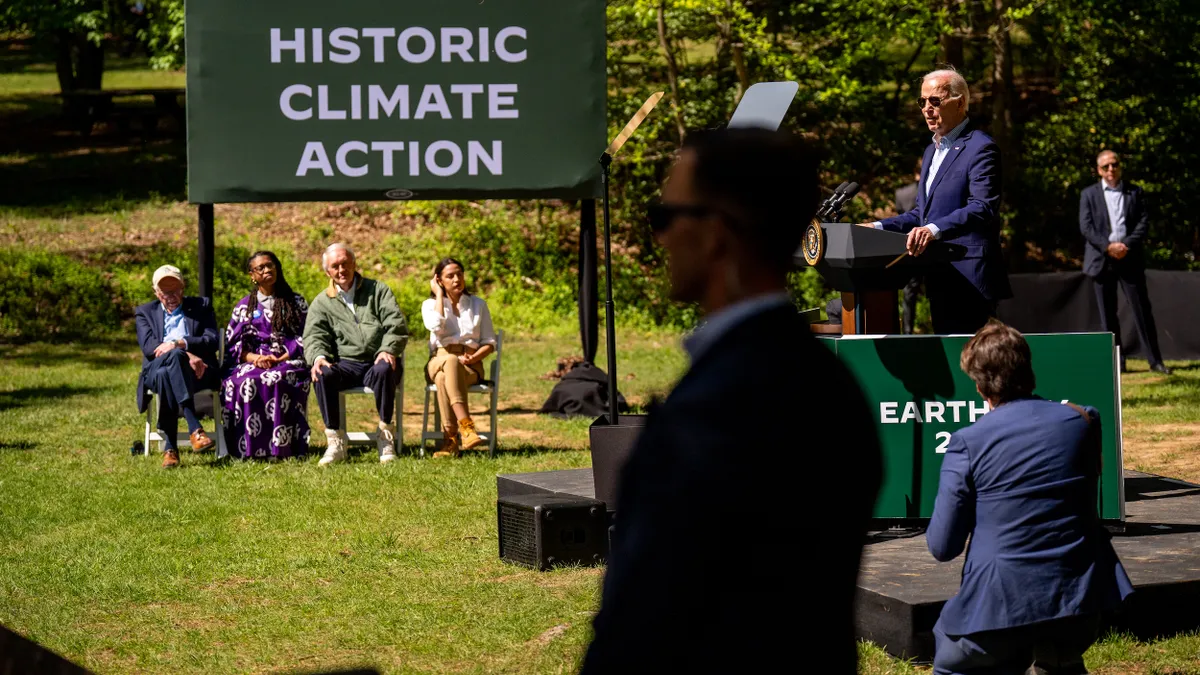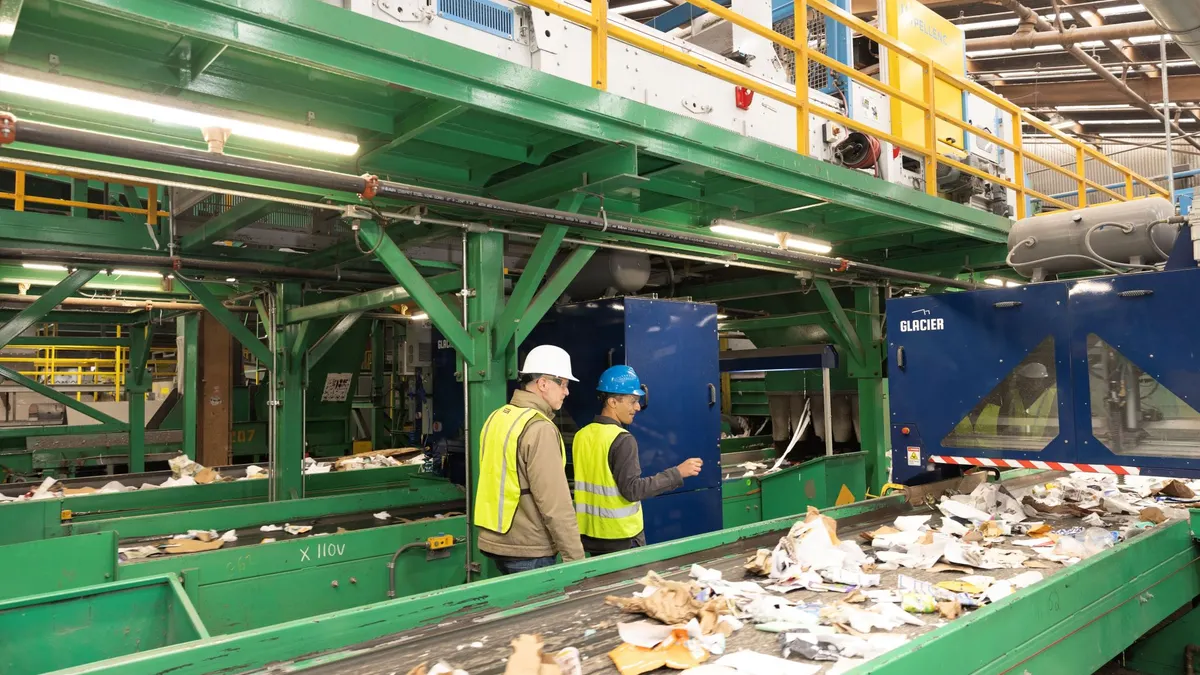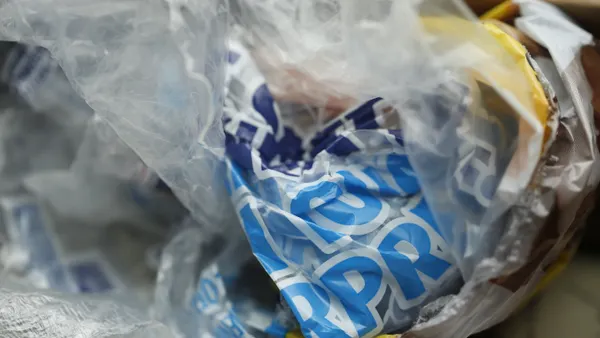The global plastic backlash has elevated straws to a curious place in public discourse. While some characterize the spotlight on straws as, well, a straw man diverting attention away from more critical sources of plastic pollution, others insist on their symbolic importance in the war against plastic — single-use straws, an unnecessary extravagance for most, are in many ways emblematic of the devastating environmental consequences of unchecked consumerism.
Travis Wagner, a professor at the University of Southern Maine’s Department of Environmental Science & Policy, takes the latter stance.
"I view [increasing attention on plastic straws] as a gateway action," he told Waste Dive in an interview. "Once someone embraces a reduction of straws, they’re more likely to embrace reduction of other materials."
But achieving this reduction can prove tricky for policymakers — and, as Wagner establishes in a new paper on plastic straw regulation, not all approaches are created equal.
The study, published recently in Detritus Journal, analyzes different policy instruments for reducing straw consumption — using as its the central case study an ordinance implemented last March in San Luis Obispo, California. Plastic straws are a persistent headache for the city — straws and stirrers regularly feature among the top items collected during annual coastal cleanup days — and San Luis Obispo's attempt to tackle the problem takes aim at the very choice architecture of consumption: rather than automatically handing straws out to dine-in customers, restaurants are now required to only provide them upon request.
According to the study, which surveyed 133 San Luis Obispo restaurants in June 2018, the ordinance has largely fulfilled its promise: plastic straw consumption had undergone a reported 32% average decrease per business just three months after it took effect. The effort’s demonstrated success doesn't surprise Wagner.
"People given straws automatically have this sense of obligation to use them — even if that might not be their normal preference," he observes. "The ordinance requires them to make an effort to get that straw, even if it's pretty slight — so for a number of people, it becomes, 'Well, I didn't want it anyway.'"
This so-called "default choice modification" can have a profound effect on consumer behavior, says Wagner: "It makes you think, instead of just being an automatic recipient engaging in habitual behavior." And while other policy options — bans, taxes and fees, education, resolutions encouraging voluntary reduction — do exist, Wagner believes that default choice modification may currently be the most politically feasible option in the US.
"If you really want to get rid of plastic straws, you ban them. But I tend to focus on what you can achieve without prohibiting people's — especially Americans' — behavior, because that can be a hard sell for some people."
Default choice modification, the survey results suggest, has a minimal, and sometimes positive, impact on establishments — something that's key to its success. "Establishments are the biggest potentially problematic stakeholder," notes Wagner, "So if you get buy-in from businesses, you're more likely to get buy-in from decision makers."
San Luis Obispo isn't alone in the trenches: 31 local governments have enacted their own ordinances as of September 2018. In addition, California recently became the first state to tackle plastic straw waste (the law, which takes effect in January 2019, is also rooted in default choice modification), while countries such as the UK and Taiwan have elevated straw use reduction to a national priority.
Growing emphasis on reduction, as opposed to recycling, strikes many as a welcome development. While plastic, which undergoes significant quality degradation each time it's reprocessed, has acutely limited recyclability — and plastic straws, in fact, generally aren't recycled at all — recycling remains our default diversion option. This blinkered focus on consumer recycling, according to Wagner, is a deliberate distraction from the dominant source of plastic pollution.
"We've let manufacturers off the hook ... they have no responsibility; it's [the consumer's] responsibility. Keep America Beautiful has reinforced that since the 1960s — it's not us, it's you that's the problem," he says. "It’s kind of a big scam, to be honest."
However, Wagner emphasizes, all this momentum is wasted if it stops with straws — growing public concern over the plastic crisis will ideally spill over into a broader reckoning with avoidable single-use plastics and consumer products.
"You never know how these things play out," he says. "I'm very interested to see what's going to happen."


















